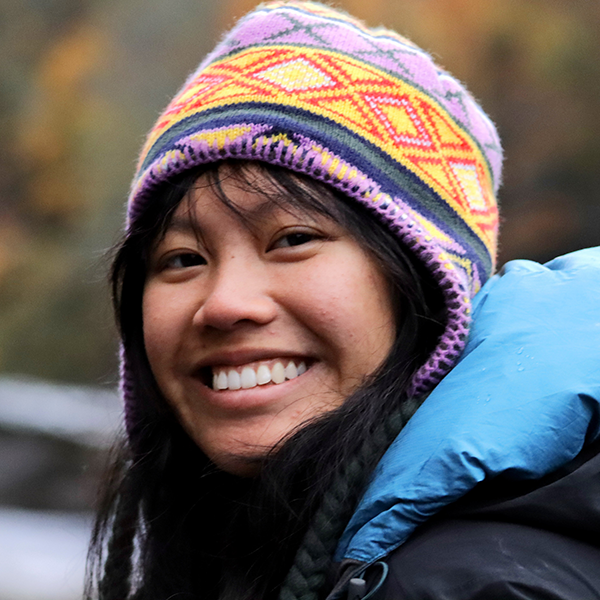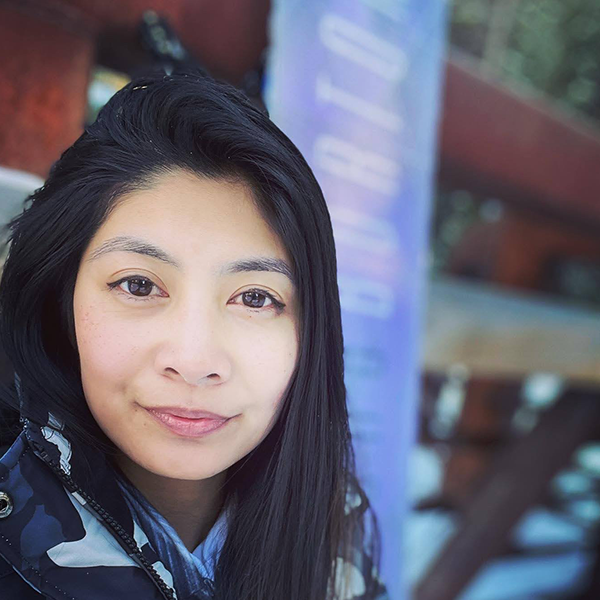New projects focus on research of interest to ASR
To prepare more graduate students for careers in science, technology, engineering, and mathematics (STEM), the U.S. Department of Energy (DOE) Office of Science Graduate Student Research (SCGSR) program provides awards to outstanding U.S. graduate students, allowing them to conduct part of their thesis research at DOE laboratories.
“The Graduate Student Research program is a unique opportunity for graduate students to complete their PhD training with teams of world-class experts aiming to answer some of the most challenging problems in fundamental science,” said Harriet Kung, Acting Director of the DOE Office of Science. “Gaining access to cutting-edge tools for scientific discovery at DOE national laboratories will be instrumental in preparing the next generation of scientific leaders.”
SCGSR awardees work on research projects significant to the Office of Science mission, including atmospheric and climate science. In late April, DOE announced the selection of 86 graduate students from 31 U.S. states and Puerto Rico in the SCGSR program’s 2023 Solicitation 2 cycle.
According to Atmospheric System Research (ASR) Program Manager Jeff Stehr, by providing world-class training and access to state-of-the-art facilities and resources at DOE national laboratories, SCGSR is preparing graduate students for research careers.
“We must invest in the next generation of scientists,” says Stehr. “We are very excited to have such talented SCGSR awardees focusing on ASR-related work.”
Alexandra Ng, University of North Carolina at Chapel Hill

Alexandra Ng, a University of North Carolina at Chapel Hill doctoral student in environmental sciences and engineering, will use model parameterizations in her SCGSR project to study aerosol optical properties and model cloud activation for non-ideal secondary organic aerosols. The model will be implemented in the regional Weather Research and Forecasting model coupled to Chemistry (WRF-Chem) and compared with new field data collected at the Atmospheric Radiation Measurement (ARM) user facility’s Bankhead National Forest (BNF) observatory in northern Alabama.
Ng’s project is designed to improve understanding of non-ideal secondary organic aerosol (SOA) feedbacks on climate by enhancing novel aerosol optical property algorithms in WRF-Chem. “Non-ideal” SOAs have complex morphologies and phase states, such as liquid, semi-solid, and glassy.
Ng will work with Manish Shrivastava, an earth scientist at Pacific Northwest National Laboratory (PNNL) in Washington state. Shrivastava’s research broadly encompasses the climate impacts of aerosols, atmospheric chemistry, new particle formation and growth, regional and global modeling, and analyses of the interactions between human pollution and natural forested regions, the formation of SOAs, and the influence of human activities on air quality.
Shrivastava is a co-investigator for the Integrated Cloud, Land-surface, and Aerosol System Study (ICLASS)—one of ASR’s Science Focus Areas. He is also a co-investigator for ASR’s “A Community Laboratory Facility for Exploring and Sensing of Aerosol-Cloud-Drizzle Processes: The Aerosol-Cloud-Drizzle Convection Chamber” project. In 2018, Shrivastava received a DOE Early Career Research Program award.
Desiree Sarmiento, University of Denver

Desiree Sarmiento is a doctoral student at the University of Denver, where she studies free radical formation in particulate matter and the photooxidation of organic pollutants in the atmosphere. Her SCGSR project, “Role of Environmentally Persistent Free Radicals in Aged Soot Ice Nucleating Particles,” will seek to provide a better understanding of the formation, stability, and transformation of pyrogenic environmentally persistent free radicals upon photoaging and ice nucleation.
She will work with Swarup China, a PNNL chemist who leads the Terrestrial-Atmospheric Processes Integrated Research Platform at the Environmental Molecular Sciences Laboratory (EMSL).
Sarmiento’s project is designed to provide fundamental insights into the role of environmentally persistent free radicals in ice formation on soot and cold-cloud processing of soot particles. Her work will use EMSL’s ice nucleation platform interfaced with an environmental scanning electron microscope (IN-ESEM) and a portable ice nucleation experiment (PINE) chamber, which can provide valuable information about the ice-nucleating potential of soot particles and how those particles’ physicochemical properties affect ice nucleation.
China’s research areas include atmospheric aerosol properties and processes, atmospheric aerosol chemistry, heterogeneous ice nucleation, and aerosol-cloud interactions. His work is focused on a better understanding of the physical chemistry of atmospheric particles controlling aerosol-cloud interactions.
About the SCGSR Program
DOE’s SCGSR program allows students to advance their PhD thesis research while working at a DOE national laboratory, collaborating with scientists and using state-of-the-art facilities and scientific instrumentation.
SCGSR awards are open to graduate students who are currently pursuing a PhD in the areas of physics, chemistry, materials science, biology (non-medical), mathematics, engineering, computer or computational sciences, and specific areas of environmental sciences that are aligned with the mission of the Office of Science.
A list of all SCGSR 2023 Solicitation 2 cycle award recipients can be found here.
# # #Author: Mike Wasem, Staff Writer, Pacific Northwest National Laboratory
This work was supported by the U.S. Department of Energy’s Office of Science, through the Biological and Environmental Research program as part of the Atmospheric System Research program.

